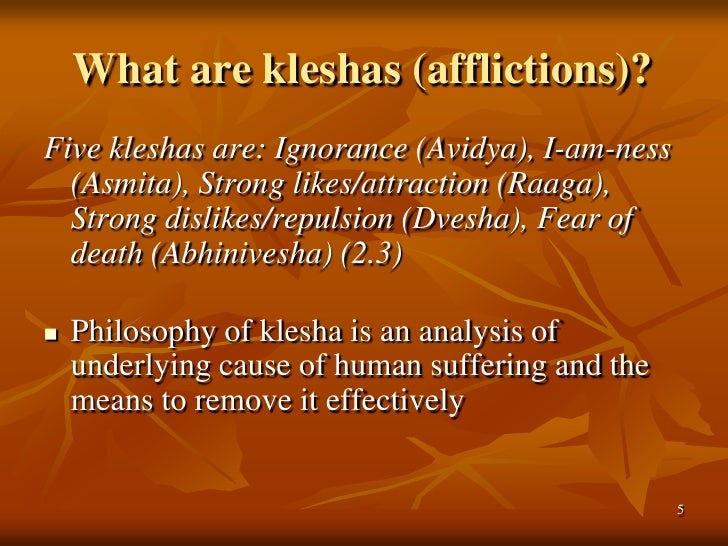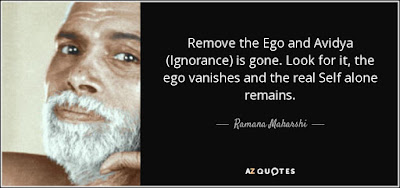The fourth of the five koshas is vijnanamaya kosha – the wisdom sheath. Vijnanamaya encompasses intuition and intellect. It can be thought of as the witness mind, or that aspect of our consciousness that is not entangled in what we are doing or thinking, but rather, acutely aware of what we are doing and thinking.
Vijnanamaya kosha builds on the foundation of the previous, outer sheath, manomaya kosha. Manomaya kosha lays the groundwork for reaching vijnanamaya. We must first navigate the seas of our turbulent and busy minds before we are able to rise above the waves of thoughts that pull us away from our center. With this practice, we develop a steady mind and that allows us to step back from our current situation and view it from a better perspective. This is where insight comes from.
An activated fourth sheath is what distinguishes human beings from animals. Only humans have the ability to direct their own lives, free from the promptings of instinct, and to make moral choices. The sages considered the development of a healthy vijnanamaya kosha so important that they placed the exercises for it at the very beginning of the yoga system. These are the yamas and niyamas, commitments every yoga student is asked to make.
Vijnana means “knowing via the power of judgment or discernment,” and is the sheath responsible for processing all the functions of the higher mind, including conscience and will. It is the level that has the higher wisdom to seek Truth, to go within in search of the eternal center of consciousness (Self).

The Vijnanamaya Kosha forms the intellectual (or wisdom) body. The primary way to impact this kosha is through deep, insightful meditation. It is affected by the 5 kleshas as follows:
- Avidya (Ignorance): When the Vijnanamaya kosha or intellectual body has failed to evolve from the Manamaya kosha we will likely be constantly reacting to circumstances rather than making decisions and responding proactively. We will have a hard time making up our mind, thinking for ourselves, or being creative. With little willpower we’d continually be the victim of our own poor judgment.
- Asmita (Ego): When the ego cannot distinguish this kosha from the previous one, it associates with the entire mind’s turbulence becoming an obstacle to deep meditation, preventing us from advancing through basic meditation to deep conscious meditation.
- Raga (Attachment): The Manamaya kosha may support pleasant thoughts that inhibit the deep meditation prompted by the Vijnanamaya kosha and the attachment to these pleasant thoughts (and other enjoyable mental fluctuations) needs to be overcome.
- Dvesha (Aversion): Quite the opposite of the Raga klesha, unpleasant thoughts are repulsive and being distracted by them also inhibits the deeper stages of meditation. By encouraging the insights possible when we’ve reached Vijnanamaya these disturbing thoughts are left behind and we are free to pursue our goal of peace through deep meditation.
- Abhinivesha (Clinging to Life): This klesha increases our identification of the previous four sheaths, and the fear of losing this identification will make us reluctant to let go or go beyond it. Our thoughts are unable to accept or deal with our mortality or the immortal aspect of the Self. To overcome this, the life of the spirit must be recognized as transcending this bodily life.
Vijnanamaya kosha is mostly about doing the work that removes the blockages in our energy body, our thought body healing and releasing fears from our mental body and we will then find comfort and harmony in our physical body.
As this and the other kleshas are recognized and dissolved (or cleared) from the Vijnanamaya kosha, we move on to the last remaining kosha, enabling it to also be cleansed of these afflictions, then the Atman (or Self), which is indescribable, is gradually recognized and eventually realized by direct experience; this is the ultimate goal of Yoga, meditation, Advaita Vedanta, and certain Tantra practices.
Stay tuned, next: Further exploration of each Klesha and how it colors the final of the five koshas – the Anandamaya kosha.
Rae Indigo is ERYT 500







